How to setup American Mahjong
Learn how to setup the board game American Mahjong quickly and concisely - This video has no distractions, just the setup instructions. For the rest of the game play rules, check out this video: https://youtu.be/7l1Jf-E4CkA
Don't own the game?
USA - buy it here: https://buy.triplesgames.com/AmericanMahjong
Canada - buy it here: https://buy.triplesgames.com/CAamericanmahjong
UK - buy it here: https://buy.triplesgames.com/UKamericanmahjong
(These Amazon Affiliate links directly supports me)
RULES:
The tiles are divided into 4 groups.
The first group is suits, which is divided up into circles, also called dots, Bamboos, also called bams, and characters, also called craks. There are 4 copies of each tile in this group.
The 2nd group is Honors of which you have winds and dragons. The white dragon is also called “soap”. There are 4 copies of each tile in this group.
The 3rd group is Flowers and seasons. There is 1 copy of each tile in this group.
The 4th group is Jokers or Wild tiles. There are 8 identical tiles in this group. Remove any extras.
The Wind indicator is used to display the current wind or the player who starts off the round.
Scoring sticks or coins are used to keep track of points and scoring. You can assign whatever point or monetary value you want to them and distribute in whatever quantity you want.
Give each player a rack and optional pusher. Place all 152 tiles faced down in the center of the table and all the players mix them up. Each player places tiles facedown in front of their rack, two tiles high and 19 tiles long, forming a wall.
Each player rolls the dice. The player with the highest total becomes the dealer and is known as East. The player to their right is called South, followed by West and then North.
East rolls the dice and then counts off the resulting number from the stack of tiles in front of them, from right to left, grouping them into two column groups. For example, if East rolls an eight, East will put aside eight columns of two tiles from the right end of the wall. This is called breaking the wall. East then takes the first two columns of tiles. Then, continuing counter-clockwise, each player takes the next two columns of 4 tiles, until each player has drawn 12 tiles.
Once all the players have 12 tiles, East takes two additional tiles - the first and third tile from the top row, giving East 14 total tiles. Moving counter-clockwise, the other players take one tile from the end, giving each of them a total of 13 tiles.
Each player arranges the tiles on their rack in a logical order to help them score points based on the score card. The score cards are published by the National Mah Jongg League and every year. They release a new scorecard which players must purchase in order to be up to date.
The hands on a score card are represented in numbers or letters in either red, blue, or green. The colors are not specific to any one suit, and different colors simply mean different suits have to be used. Flowers and zeroes are not considered to be part of any suit and will always be blue.
1-9 Correspond to the specific number on the tile, not including flowers. N,S,E,W stands for North, South, East, West. D is for Dragon. R is for Red Dragon. G is for green dragon. Zero is for the white dragon or “soap”, and F is for flower
The score card is organized into categories for hands based on common patterns like: Patterns that make up a year like 2020. even numbered tiles. odd numbered tiles. 5 identical tiles, called a Quint, that use a joker. consecutive numbers. Patterns requiring wind and dragon tiles. Patterns using 3's, 6's, and 9's. Patterns with single and paired tiles.
Each hand is grouped into several different combinations. Some combinations contain non-matching tiles, but most generally have two or more matching identical tiles. These are known as: “Pair” for 2 identical tiles, “Pung” for 3 identical tiles, “Kong” for four identical tiles, “Quint” for five identical tiles and “Sextet” for 6 identical tiles.
Next to each hand is the value of the hand for scoring or gambling purposes. Next to the hand is an 'X' or a 'C' indicating whether that hand is exposed or concealed.
Before actual play starts, it's time for The Charleston... Each player passes 3 unwanted tiles facedown to the player to their right. Then Each player passes 3 unwanted tiles facedown to the player opposite them. Then Each player passes 3 unwanted tiles facedown to the player to their left, known as 'first left'. The player is allowed to 'blind pass'. A blind pass is taking the tiles received and passing up to three of them without looking at them. If less than three tiles are blindly passed, unwanted tiles from your hand are added for a total of three tiles.
The Charleston may proceed a second time if all the players agree. The second Charleston proceeds in the opposite order as the first: Passing to the left, then across, then right, known as the ‘last right’...
-
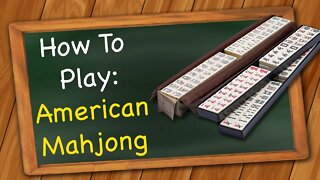 4:58
4:58
Triple S Games
3 years ago $0.02 earnedHow to play American Mahjong
64 -
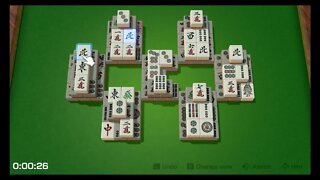 1:13:29
1:13:29
Metal Smasher Gaming
3 years agoClubhouse Games: 51 Worldwide Classics (Switch) - Game #49: Mahjong Solitaire - Advanced Stages
15 -
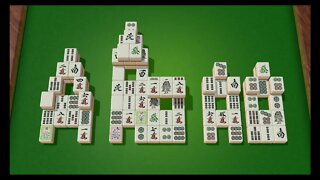 1:04:29
1:04:29
Metal Smasher Gaming
3 years agoClubhouse Games: 51 Worldwide Classics (Switch) - Game #49: Mahjong Solitaire - Standard Stages
21 -
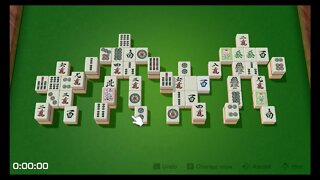 40:44
40:44
Metal Smasher Gaming
3 years agoClubhouse Games: 51 Worldwide Classics (Switch) - Game #49: Mahjong Solitaire - Beginner Stages
16 -
 57:06
57:06
Metal Smasher Gaming
4 years agoClubhouse Games: 51 Worldwide Classics (Switch) - Game #20: Riichi Mahjong
47 -
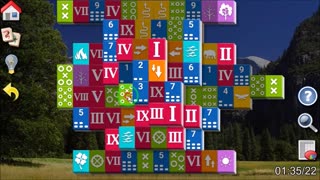 1:33
1:33
pozirk
3 months agoAll-in-One Mahjong
4 -
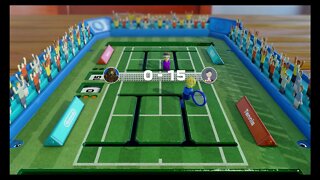 12:42
12:42
Metal Smasher Gaming
3 years agoClubhouse Games: 51 Worldwide Classics (Switch) - Game #36: Toy Tennis
27 -
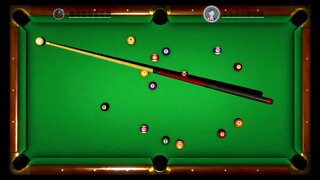 25:00
25:00
Metal Smasher Gaming
4 years agoClubhouse Games: 51 Worldwide Classics (Switch) - Game #32: Billiards
235 -
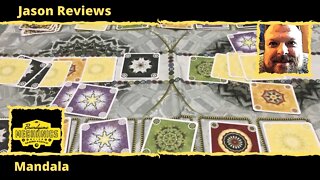 11:59
11:59
The Boardgame Mechanics
2 years agoJason's Board Game Diagnostics of Mandala
54 -
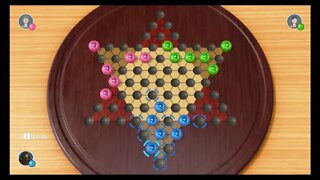 15:26
15:26
Metal Smasher Gaming
4 years agoClubhouse Games: 51 Worldwide Classics (Switch) - Game #12: Chinese Checkers
31